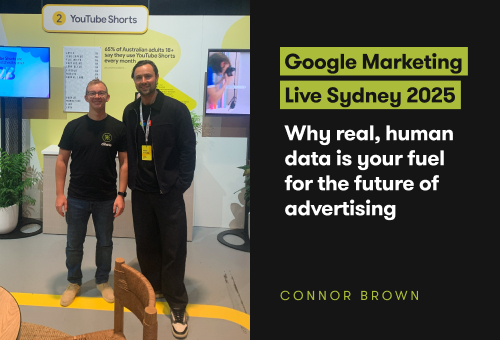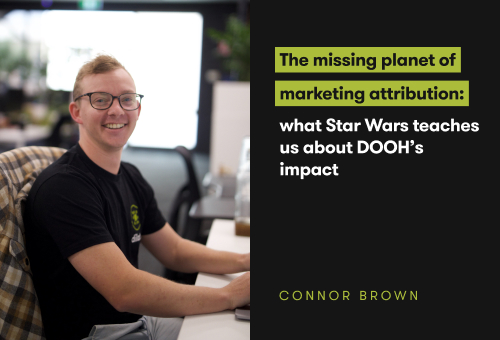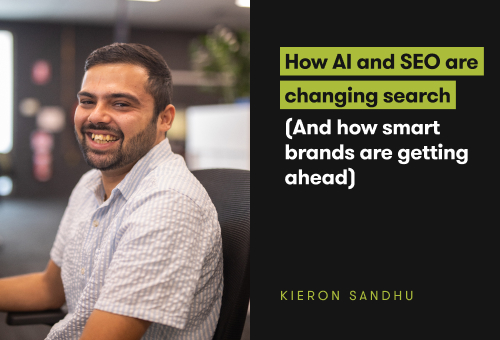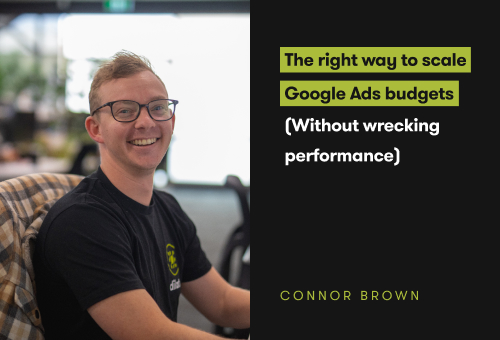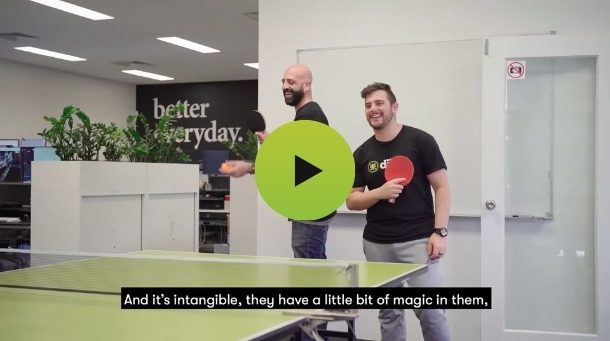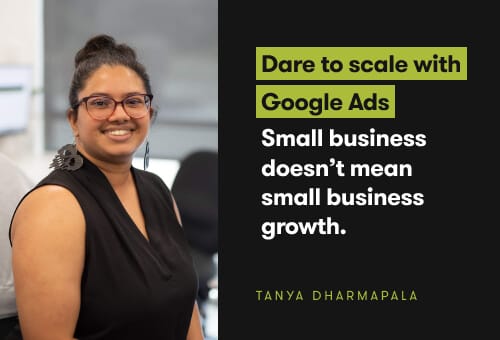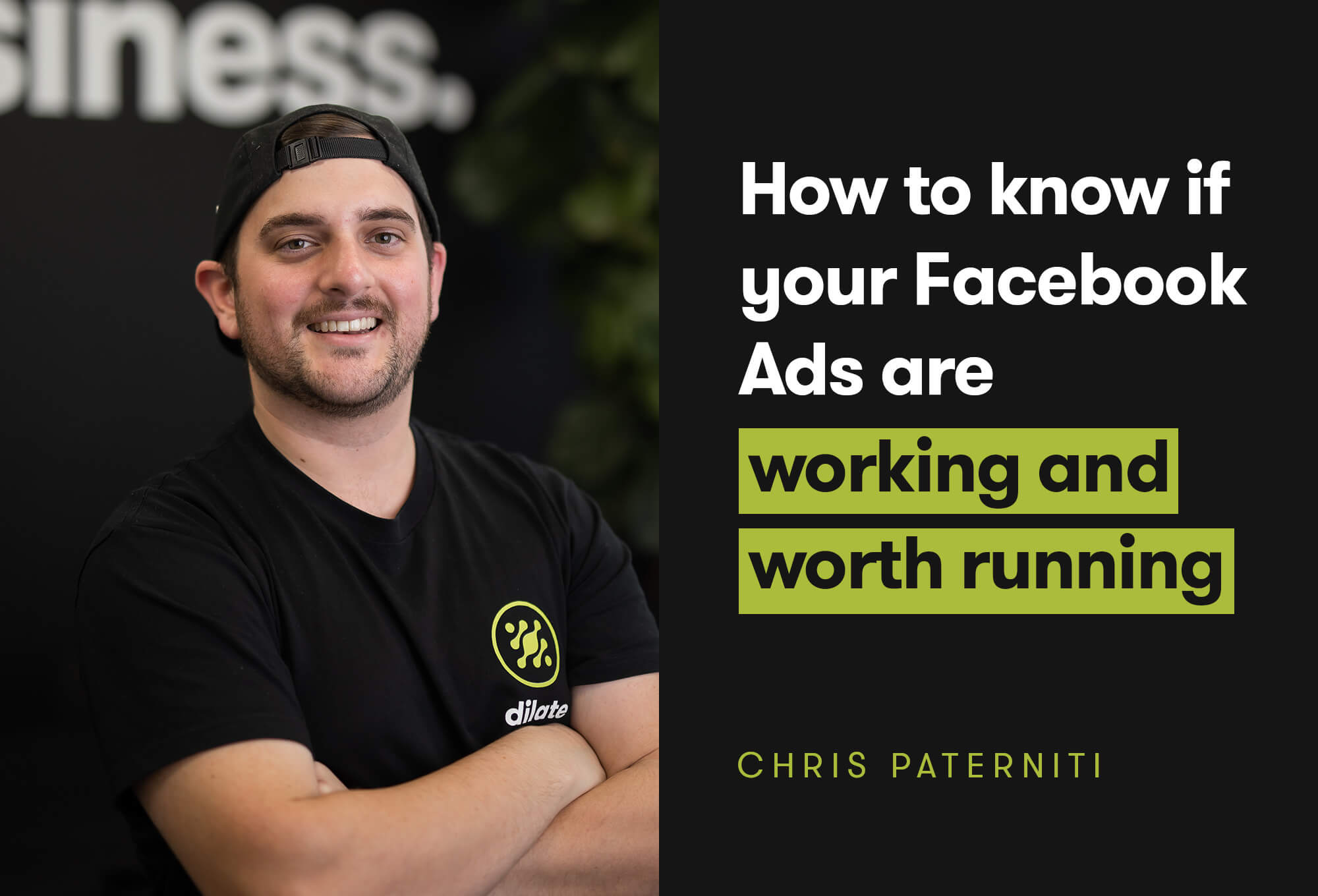The Science Behind SEM
Remove Advertising Uncertainty with A Number-Led SEM Strategy Sometimes advertising can feel like a bit of a gamble. We all want to hear that winning “ding-ding-ding” but how can you be sure that if you pop your hard earned business dollars into the advertising machine you’ll get more back in return, or at least not end up out of pocket? Each advertising medium has its own benefits and risks. Some are easier to track the success of in terms or return on investment, through driving sales leads and converting these into profits. While a great big billboard on the side of the highway may scream loudly for commuters’ attention, how can you be sure that they saw your ad, remembered it and went in-store or online to buy? What if the people driving past weren’t interested in your business at all? 
SEM has strength in numbers
This is where digital advertising comes into strength. Digital marketing experts (like the team here at Dilate) can track exactly how many people had the opportunity to see your ad (impressions), who interacted with it (engagement), who wanted to know more (clicks or leads), and who bought something or not (conversions). We can also make sure the right audience sees your ad through effective targeting and follow up through remarketing to further encourage a sale or sign up if they didn’t convert the first time. PPC or Pay Per Click is a common phrase used in digital advertising and refers to the most popular method of buying ads across digital display networks, social media platforms as well as search environments like Google, also known as Search Engine Marketing or SEM. Of all these places to meet new customers, introducing your business through SEM in the moment your audience is actually looking for products and services like yours is one of the most effective digital advertising methods you can get. And it’s totally trackable. With SEM we can measure the ROI of campaigns each and every time, turning learnings into future optimisations and new strengths. So if you’re looking to sure up your advertising with a clear numbers-led strategy, read on to learn more about the maths and science behind SEM.
Here’s how SEM works:
There are a few key elements to understanding SEM. Cost Per Click (CPC) is the number of advertising dollars you spend for every person who clicks on your ad out of those who were delivered the ad. The Cost Per Click is variable depending on the keyword lists you’re targeting and their competitiveness. A low Cost Per Click is desirable. More on that later. Conversion Rate is the percentage of people who convert (for example buy or sign up) when they come to your website through the ad. Your Conversion Rate is unique to your business and we can find this out through your Google Analytics. This is also variable and can be improved by optimising your landing pages and onsite experience. Cost Per Conversion or Acquisition (CPA) is the amount you’ve spent on advertising to convert each sale or lead. We work this out by: Cost Per Conversion = SEM Cost / Number of Conversions Return on Advertising Spend (ROAS) is the overall return (or loss) you’ve received from your SEM ad spend. We determine your return by: ROAS = (SEM revenue - SEM cost) / SEM cost So how do these SEM elements all come together? Let’s do the sums. Let’s say for example your Cost Per Click is $1. And your typical Conversion Rate is 5%. The SEM Cost of driving 100 clicks to your website is $100. At a Conversion Rate of 5%, you’ll receive 5 conversions. That means your Cost Per Conversion is $20. $100 SEM Cost / 5 Conversions = $20 Cost Per Conversion. So what’s the Return on your Ad Spend? If the profit you make on each conversion is $50 for example, your ROAS will be 150%. That’s awesome! You’ve made a profit return on your SEM ad spend. SEM Revenue = $50 per conversion x 5 conversions = $250 ROAS = ($250 SEM Revenue - $100 SEM Cost) / $100 SEM Cost = 1.5 or 150% What if your profit per conversion was $20? Well, your ROAS would be zero. But that’s ok, you’d break even. For every dollar you spent, you made a dollar back. SEM Revenue = $20 per conversion x 5 conversions = $100 ROAS = ($100 SEM Revenue - $100 SEM Cost) / $100 SEM Cost = 0 or 0% What if your profit per conversion was only $10? Ahhh… something’s not working as your return is in the red at -50%. You need to change tactic. SEM Revenue = $10 per conversion x 5 conversions = $50 ROAS = ($50 SEM Revenue - $100 SEM Cost) / $100 SEM Cost = -0.50 or -50%
How to improve your SEM Cost per Conversion or Return on Advertising Spend
It’s important to keep a close eye on your SEM campaigns; not just choose your keywords, book the campaign and let the ads take care of themselves. With a numbers-led strategy, you need to be an active player in the numbers game. SEM elements you can change to improve your Cost Per Conversion and Return On Ad Spend are the Conversion Rate and Cost Per Click. Conversion Rate is driven by what’s happening on your website’s landing page more so than the ad itself. Factors that we can tweak for an improved Conversion Rate include changing the page layout, messaging or visuals. Perhaps there are too many steps in your sign up form or your page’s loading speed is too slow or not optimised for mobile? It’s good practice to test different landing pages to optimise the current campaign and provide learnings for future. A great landing page is also important for your Quality Score which Google Adwords uses to decide whether your page and content is relevant to the keyword list and will be useful for the audience. Quality Score directly impacts your ad delivery and positioning among competitors. Putting time into creating a great landing page is just as important as creating a great SEM ad. Cost Per Click can be impacted by the keywords you choose to target. Generally speaking, the more popular the keyword in terms of volume of searches, the more you’ll be joined by competitors targeting that term and the more expensive it is to bid on. You can reach your audience in a more cost-effective way through a mix of shorter terms and long-tail keywords. In practice, you may find long-tail keywords can be more effective as audiences that are more specific in their search may be more ready to buy. It’s important to regularly update your SEM keyword lists too as your audience’s needs change and so too does the competitive environment. Further, you can feed your learnings from SEM, particularly around keyword performance, into your SEO strategy. Learn more in this post about the difference between SEO and SEM* and how they can work together. Ready to take the uncertainty out of your advertising with SEM? Our experts are here to help create and optimise an effective SEM strategy for your business. Give us a call today on .


